Precision Teaching: A Teacher's Guide for 2025
Complete 2025 guide to Precision Teaching for UK schools. Evidence-based fluency intervention, probe sheets, progress charting, and implementation strategies.


Complete 2025 guide to Precision Teaching for UK schools. Evidence-based fluency intervention, probe sheets, progress charting, and implementation strategies.
Precision Teaching is a data-driven instructional method that improves student fluency through short, focused practice sessions with regular monitoring. It helps students by adapting instruction based on their performance data, creating individualised learning pathways that accelerate progress. The approach is particularly effective for students requiring targeted intervention, including those with dyslexia or processing difficulties.
This approach is a data-driven instructional method designed to improve fluency in key skills through short, focused practice and regular monitoring. Often used to support learners who require targeted intervention, it emphasises repetition, accuracy, and responsive teaching based on measurable outcomes. Instead of following a fixed sequence of lessons, educators adapt content based on a learner’s performance, offering a highly individualised route to progress.
At the heart of this method is the idea that fluency, being both accurate and quick, is a gateway to long-term retention and confidence in learning. Tasks are deliberately brief and tightly focused, giving learners frequent opportunities to practise essential skills. Educators track this performance over time, often using visual tools such as fluency charts to identify patterns and guide next steps.
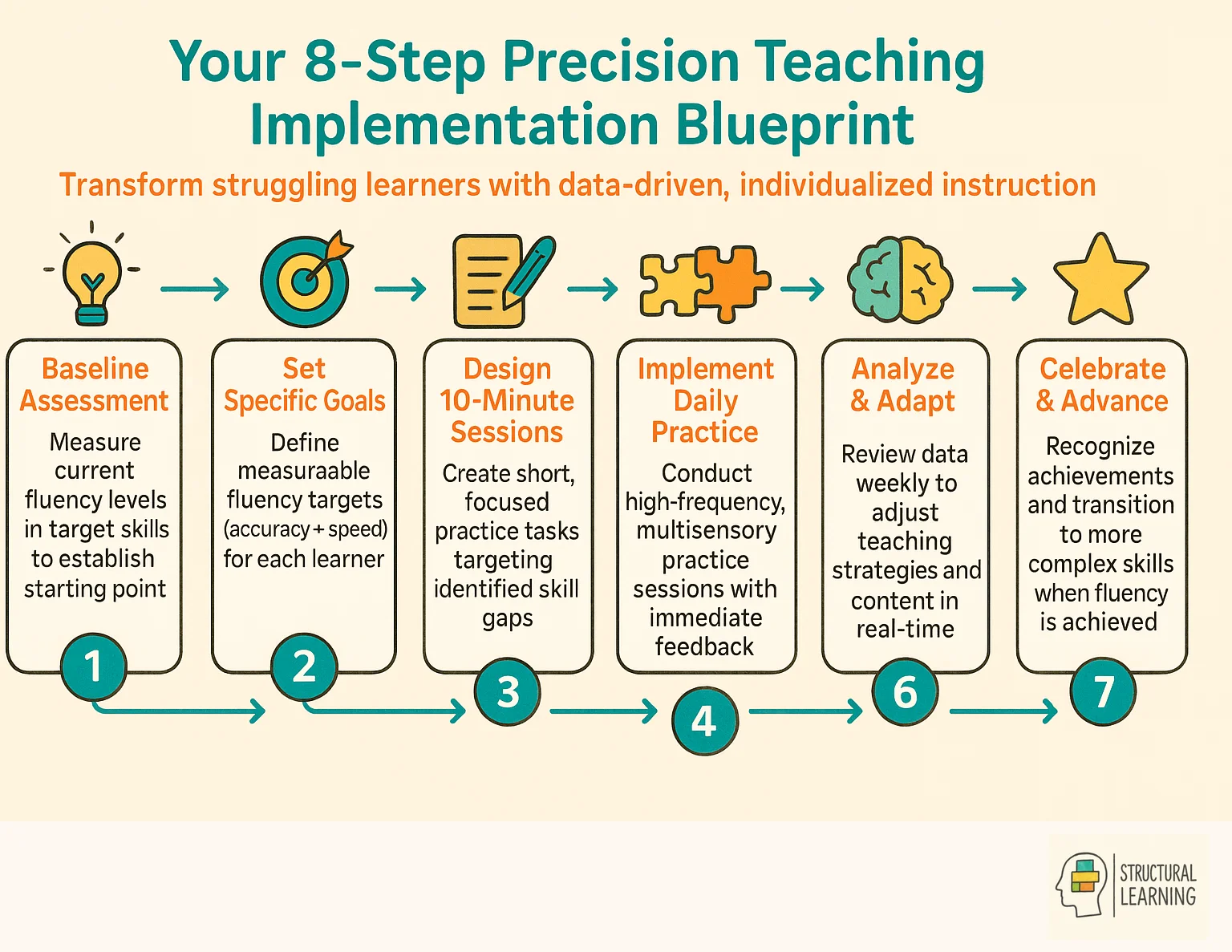
This technique often incorporates multisensory elements, using sight, sound and movement, to engage learners and support a broader range of needs. Whether supporting literacy development or building numeracy foundations, this type of instruction is built around continuous adjustment and learner responsiveness.
Precision Teaching addresses unique learning needs by using real-time performance data to adjust instruction instantly for each student. The method incorporates multisensory elements using sight, sound and movement to engage diverse learners and support various learning styles. Teachers can modify practice sessions based on individual progress patterns shown in fluency charts, ensuring no student is left behind.
Fluency-based instruction focuses on meeting the unique needs of each learner by providing tailored, focused support. This approach recognises that no two learners are the same, each arrives with different strengths, experiences, and cognitive frameworks. By targeting specific skills and adapting teaching strategies accordingly, educators can create more equitable learning environments that support progress for all.
This method often involves identifying key learning gaps, such as difficulties with spelling or , and designing short, consistent practice sessions to strengthen those areas. Learners with additional needs, including those with dyslexia, dyspraxia or dysgraphia, particularly benefit from this kind of structured support, which prioritises both accuracy and automaticity.
Fluency-based instruction is typically implemented through high-frequency, low-intensity interventions, often around 10 minutes, three times a week. Within these brief sessions, learners rehearse a specific skill with immediate feedback, using repetition to reinforce mastery. This focused attention not only supports skill development but also helps to boost learner confidence, as they begin to experience success in areas they previously found challenging.
Backed by research, including findings that show significant gains in target skills compared to traditional instruction, this approach enables teachers to deliver just-in-time support, moving learners forward at their own pace.
Ultimately, fluency-based instruction is not just about faster recall; it’s about building the solid foundations that learners need to engage with more complex tasks. When learners feel successful, they are more likely to persevere, take risks, and grow into confident, independent thinkers.
 Teaching assistant delivering one-to-one precision teaching session with primary pupil using flashcards" width="auto" height="auto" id="">
Teaching assistant delivering one-to-one precision teaching session with primary pupil using flashcards" width="auto" height="auto" id="">Precision teaching is a systematic method that is mostly performed between a student and a teacher on a one-to-one basis. These interactive sessions are suggested at least 3 times a week for approximately 10 minutes.
Precision teaching is meant to help students to think fast until they can recall the spelling of a specific word nearly instinctively. For this reason, teachers with high potential for precision teaching use very much repetitive and fast-paced teaching procedures. According to the precision teaching principles, young learners must continue to practice spelling and read words until becoming confident and fluent. The students will only move on to learn a new set of words after mastering the vocabulary they are currently working on.
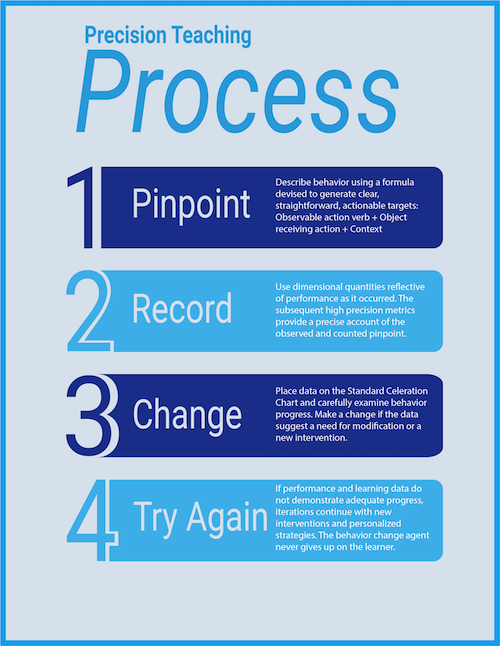
The 8-step implementation process begins with baseline assessment, followed by setting fluency goals, designing brief practice sessions, and monitoring progress through fluency charts. Teachers conduct daily 10-minute sessions, track performance data, adjust instruction based on results, and celebrate achievements when students reach fluency targets. The cycle continues with regular reassessment to ensure sustained progress and identify when students plateau.
Even though a precision teaching program is very much spontaneous, it follows a step-by-step procedure that supports the teachers in performing the intervention in the most useful way possible. Following are the 8 steps, providing precision teaching overview, that can be used to make precision teaching as effective as possible.
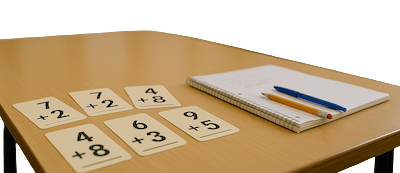
If no positive impact on children is noticed, even after constantly using precision teaching for a week or more, it is suggested to check other factors that may be affecting the results. For example, the classroom surroundings are suitable or not (is the classroom too noisy?), how are the practical applications of precision teaching used to enhance newly-acquired behavior? Or, the online precision teaching intervention is working for improving the students performance in college setting or not.
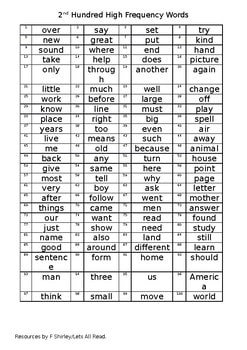 high frequency words checklist for precision teaching reading assessment" width="auto" height="auto" id="">
high frequency words checklist for precision teaching reading assessment" width="auto" height="auto" id="">The primary benefits include measurable gains in student fluency within just three weeks, increased confidence through mastery of essential skills, and improved long-term retention. Students develop both accuracy and speed in key areas like reading and numeracy, which unlocks deeper learning opportunities. The method's data-driven approach ensures teachers can demonstrate clear progress to parents and administrators.
The most effective applications of precision teaching are used to reinforce the acquisition of basic academic skills in students. According to several exploratory case studies, applications of precision teaching can stimulate students engagement and motivation in learning.
A major advantage of using this method of training is that it’s a flexible teaching method, that enables teachers to easily modify their instructional strategies through availing additional training opportunities or attending the occasional follow-up training sessions to target particular areas that students need the maximum support with.
The main effectiveness of precision teaching lies in its flexibility, which helps teachers build the confidence of children very easily. Numerous studies proposed that the practical applications of precision teaching, such as using the vocabulary the children are already comfortable with may help improve students' observable behaviors and increase their interest in the process. According to a comprehensive training package of precision teaching, revisiting the commonly used words is a good way to keep students motivated to learn.
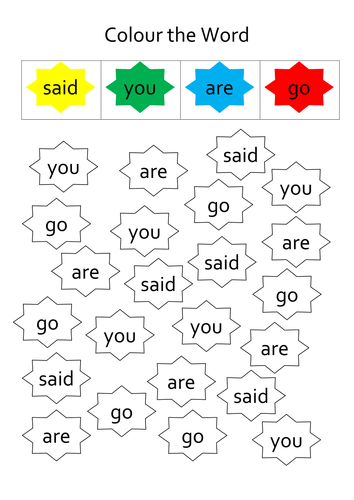
In literacy, teachers use Precision Teaching for phonics practice, sight word recognition, and reading fluency exercises lasting 10 minutes daily. For numeracy, the method targets times tables, number bonds, and basic calculation skills through timed practice sessions. Teachers can also apply it to spelling patterns, handwriting formation, and even science vocabulary acquisition.
Sure, here are five examples of how precision teaching can be applied in different subjects in a primary school setting:
Remember, the key to precision teaching is regular, timed practice and charting progress to provide clear visual feedback to the student. This method can be adapted to virtually any subject or skill that requires mastery.
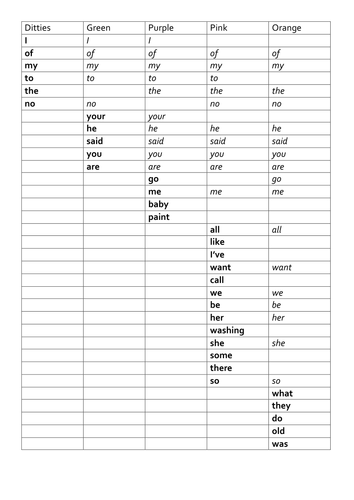
Precision Teaching provides disadvantaged learners with focused, individualised support that addresses specific skill gaps without requiring expensive resources. The method's emphasis on frequent practice and immediate feedback helps close achievement gaps by ensuring steady progress regardless of home support. Daily tracking allows teachers to intervene quickly when students struggle, preventing them from falling further behind.
Here's a nine-point list that explains how to support disadvantaged learners with precision teaching, drawing on a variety of subjects and focusing on primary and secondary school teachers:
Example: In a math class, a teacher might use precision teaching to teach students how to solve complex equations. The teacher would start by teaching the fundamental skills, such as addition and subtraction, before moving on to more complex skills, such as multiplication and division.
The teacher would then show how these skills are interconnected, helping students to see how they can use addition and subtraction to solve multiplication and division problems.
Precision teaching is a powerful tool for supporting disadvantaged learners. By breaking down complex skills into component parts, precision teaching allows students to master each part before moving on to the next. This can help to build confidence and ensure that students do not get left behind.
Sources:
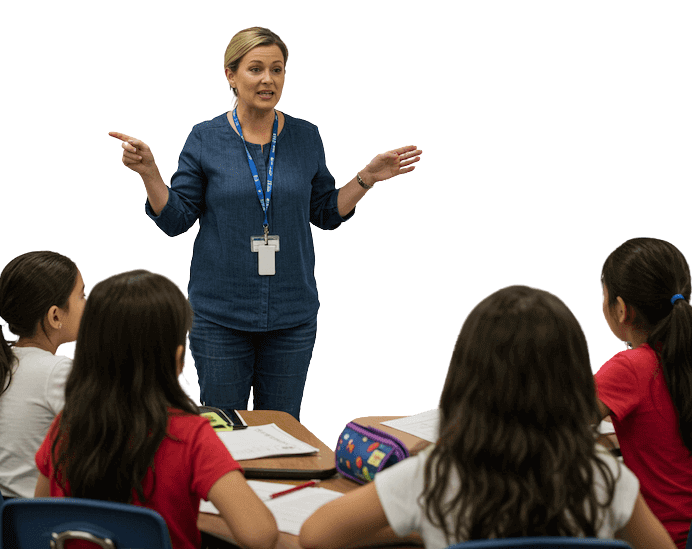
Essential resources include fluency charts or digital tracking tools, timer devices for managing practice sessions, and skill-specific practice materials aligned to curriculum objectives. Many schools now use apps and online platforms that automate data collection and generate progress reports instantly. Free resources include printable fluency grids, practice sheets for core skills, and video tutorials demonstrating implementation techniques.
Precision Teaching is an evidence-based intervention for developing fluency in basic skills.
Largely free, Precision Teaching is a methodology. Resources include free probe sheets and timing tools, though some schools purchase training or commercial materials.
Free apps and timers can support Precision Teaching implementation. Consider using tablets for timing and digital charts for progress tracking.
Research consistently shows that Precision Teaching produces significant fluency gains, with studies reporting average improvements of 40% in reading fluency within 12 weeks. Meta-analyses demonstrate particular effectiveness for students with learning difficulties, showing effect sizes comparable to one-to-one tutoring at a fraction of the cost. Recent 2024 studies confirm sustained benefits when the method is implemented with fidelity to core principles.
The following studies explore its impact on improving academic skills, enhancing instructional decisions, and supporting fluency in both basic and complex skills. Key elements such as direct instruction, the standard celeration chart, and fluency-building practices are highlighted, with links to outcomes in numeracy with fluency, daily living skills, and observable measures of learning progress such as correct responses and incorrect responses.
1. Kubina, R., Commons, M., & Heckard, B. (2009). Using precision teaching with direct instruction in a summer school program.
This study evaluated the combination of direct instruction and precision teaching in a six-week reading program. Students used standard celeration charts to track progress in skills such as letter-sound identification and decoding. Results showed significant improvements in reading fluency and accuracy, supporting precision teaching as a tool for enhancing academic skills through structured observable behavior tracking and rapid feedback.
2. Weisenburgh-Snyder, A. B., Malmquist, S. K., Robbins, J. K., & Lipshin, A. M. (2015). A model of MTSS: Integrating precision teaching of mathematics and a multi-level assessment system in a generative classroom. Learning Disabilities: A Contemporary Journal, 13, 21-41.
This case study detailed the integration of precision teaching into a multi-tiered system of support (MTSS), focusing on mathematics. Using direct instruction and standard celeration charts, students showed accelerated gains in level math skills. The system facilitated better instructional decisions, helping educators tailor support for both foundational and complex skills.
3. Reagan, M. (2024). Precision teaching in the 21st century: Trends, barriers and the path forward. Tizard Learning Disability Review.
Reagan reviews the current state of precision teaching, highlighting its broad application in promoting fluency in numeracy, reading, and behavior. The paper emphasizes the importance of using standard measurement tools like the standard celeration chart to drive data-based decision making. It also discusses the benefits of fluency-building for daily living skills, especially when measurable changes in correct and incorrect responses are used to inform teaching.
Precision Teaching is a data-driven instructional method that improves student fluency through short, focused 10-minute practice sessions conducted three times a week with regular monitoring. Unlike traditional fixed lesson sequences, it adapts instruction in real-time based on individual student performance data, creating personalised learning pathways that prioritise both speed and accuracy.
Research shows that Precision Teaching can deliver measurable gains in struggling readers within just three weeks of implementation. The method's short, high-frequency sessions of approximately 10 minutes, three times weekly, allow for rapid skill development and confidence building in targeted areas.
The 8-step process begins with baseline assessment to identify which words students can spell easily and which are difficult, followed by selecting three known words and two challenging words for practice. Teachers then design engaging 10-minute sessions, monitor progress through fluency charts, track performance data, adjust instruction based on results, celebrate achievements, and conduct regular reassessments to ensure sustained progress.
Precision Teaching particularly benefits students with dyslexia, dyspraxia, and processing difficulties by incorporating multisensory elements using sight, sound, and movement to engage diverse learning styles. The method's focus on fluency (speed plus accuracy) helps build confidence and long-term retention, whilst the structured, repetitive approach provides the consistent support these learners need to master fundamental skills.
When students plateau unexpectedly, teachers should analyse the fluency charts for performance patterns and adjust their instruction accordingly, potentially modifying the practice sessions or changing the target words. The method's emphasis on continuous data monitoring allows educators to identify plateaus quickly and implement responsive teaching strategies to re-engage progress.
Yes, Precision Teaching can be applied beyond literacy to build numeracy foundations and other key skills that require fluency development. The same principles of short, focused practice sessions with immediate feedback and progress monitoring can be adapted for mathematical facts, phonics, or any skill requiring both accuracy and automaticity.
Teachers use visual tools such as fluency charts to track student performance over time, identifying patterns that guide next steps in instruction. These charts provide real-time data that enables instant adaptation of teaching strategies, ensuring each student receives individualised support based on their specific progress patterns and learning needs.
Precision Teaching is a data-driven instructional method that improves student fluency through short, focused practice sessions with regular monitoring. It helps students by adapting instruction based on their performance data, creating individualised learning pathways that accelerate progress. The approach is particularly effective for students requiring targeted intervention, including those with dyslexia or processing difficulties.
This approach is a data-driven instructional method designed to improve fluency in key skills through short, focused practice and regular monitoring. Often used to support learners who require targeted intervention, it emphasises repetition, accuracy, and responsive teaching based on measurable outcomes. Instead of following a fixed sequence of lessons, educators adapt content based on a learner’s performance, offering a highly individualised route to progress.
At the heart of this method is the idea that fluency, being both accurate and quick, is a gateway to long-term retention and confidence in learning. Tasks are deliberately brief and tightly focused, giving learners frequent opportunities to practise essential skills. Educators track this performance over time, often using visual tools such as fluency charts to identify patterns and guide next steps.

This technique often incorporates multisensory elements, using sight, sound and movement, to engage learners and support a broader range of needs. Whether supporting literacy development or building numeracy foundations, this type of instruction is built around continuous adjustment and learner responsiveness.
Precision Teaching addresses unique learning needs by using real-time performance data to adjust instruction instantly for each student. The method incorporates multisensory elements using sight, sound and movement to engage diverse learners and support various learning styles. Teachers can modify practice sessions based on individual progress patterns shown in fluency charts, ensuring no student is left behind.
Fluency-based instruction focuses on meeting the unique needs of each learner by providing tailored, focused support. This approach recognises that no two learners are the same, each arrives with different strengths, experiences, and cognitive frameworks. By targeting specific skills and adapting teaching strategies accordingly, educators can create more equitable learning environments that support progress for all.
This method often involves identifying key learning gaps, such as difficulties with spelling or , and designing short, consistent practice sessions to strengthen those areas. Learners with additional needs, including those with dyslexia, dyspraxia or dysgraphia, particularly benefit from this kind of structured support, which prioritises both accuracy and automaticity.
Fluency-based instruction is typically implemented through high-frequency, low-intensity interventions, often around 10 minutes, three times a week. Within these brief sessions, learners rehearse a specific skill with immediate feedback, using repetition to reinforce mastery. This focused attention not only supports skill development but also helps to boost learner confidence, as they begin to experience success in areas they previously found challenging.
Backed by research, including findings that show significant gains in target skills compared to traditional instruction, this approach enables teachers to deliver just-in-time support, moving learners forward at their own pace.
Ultimately, fluency-based instruction is not just about faster recall; it’s about building the solid foundations that learners need to engage with more complex tasks. When learners feel successful, they are more likely to persevere, take risks, and grow into confident, independent thinkers.
 Teaching assistant delivering one-to-one precision teaching session with primary pupil using flashcards" width="auto" height="auto" id="">
Teaching assistant delivering one-to-one precision teaching session with primary pupil using flashcards" width="auto" height="auto" id="">Precision teaching is a systematic method that is mostly performed between a student and a teacher on a one-to-one basis. These interactive sessions are suggested at least 3 times a week for approximately 10 minutes.
Precision teaching is meant to help students to think fast until they can recall the spelling of a specific word nearly instinctively. For this reason, teachers with high potential for precision teaching use very much repetitive and fast-paced teaching procedures. According to the precision teaching principles, young learners must continue to practice spelling and read words until becoming confident and fluent. The students will only move on to learn a new set of words after mastering the vocabulary they are currently working on.

The 8-step implementation process begins with baseline assessment, followed by setting fluency goals, designing brief practice sessions, and monitoring progress through fluency charts. Teachers conduct daily 10-minute sessions, track performance data, adjust instruction based on results, and celebrate achievements when students reach fluency targets. The cycle continues with regular reassessment to ensure sustained progress and identify when students plateau.
Even though a precision teaching program is very much spontaneous, it follows a step-by-step procedure that supports the teachers in performing the intervention in the most useful way possible. Following are the 8 steps, providing precision teaching overview, that can be used to make precision teaching as effective as possible.

If no positive impact on children is noticed, even after constantly using precision teaching for a week or more, it is suggested to check other factors that may be affecting the results. For example, the classroom surroundings are suitable or not (is the classroom too noisy?), how are the practical applications of precision teaching used to enhance newly-acquired behavior? Or, the online precision teaching intervention is working for improving the students performance in college setting or not.
 high frequency words checklist for precision teaching reading assessment" width="auto" height="auto" id="">
high frequency words checklist for precision teaching reading assessment" width="auto" height="auto" id="">The primary benefits include measurable gains in student fluency within just three weeks, increased confidence through mastery of essential skills, and improved long-term retention. Students develop both accuracy and speed in key areas like reading and numeracy, which unlocks deeper learning opportunities. The method's data-driven approach ensures teachers can demonstrate clear progress to parents and administrators.
The most effective applications of precision teaching are used to reinforce the acquisition of basic academic skills in students. According to several exploratory case studies, applications of precision teaching can stimulate students engagement and motivation in learning.
A major advantage of using this method of training is that it’s a flexible teaching method, that enables teachers to easily modify their instructional strategies through availing additional training opportunities or attending the occasional follow-up training sessions to target particular areas that students need the maximum support with.
The main effectiveness of precision teaching lies in its flexibility, which helps teachers build the confidence of children very easily. Numerous studies proposed that the practical applications of precision teaching, such as using the vocabulary the children are already comfortable with may help improve students' observable behaviors and increase their interest in the process. According to a comprehensive training package of precision teaching, revisiting the commonly used words is a good way to keep students motivated to learn.

In literacy, teachers use Precision Teaching for phonics practice, sight word recognition, and reading fluency exercises lasting 10 minutes daily. For numeracy, the method targets times tables, number bonds, and basic calculation skills through timed practice sessions. Teachers can also apply it to spelling patterns, handwriting formation, and even science vocabulary acquisition.
Sure, here are five examples of how precision teaching can be applied in different subjects in a primary school setting:
Remember, the key to precision teaching is regular, timed practice and charting progress to provide clear visual feedback to the student. This method can be adapted to virtually any subject or skill that requires mastery.

Precision Teaching provides disadvantaged learners with focused, individualised support that addresses specific skill gaps without requiring expensive resources. The method's emphasis on frequent practice and immediate feedback helps close achievement gaps by ensuring steady progress regardless of home support. Daily tracking allows teachers to intervene quickly when students struggle, preventing them from falling further behind.
Here's a nine-point list that explains how to support disadvantaged learners with precision teaching, drawing on a variety of subjects and focusing on primary and secondary school teachers:
Example: In a math class, a teacher might use precision teaching to teach students how to solve complex equations. The teacher would start by teaching the fundamental skills, such as addition and subtraction, before moving on to more complex skills, such as multiplication and division.
The teacher would then show how these skills are interconnected, helping students to see how they can use addition and subtraction to solve multiplication and division problems.
Precision teaching is a powerful tool for supporting disadvantaged learners. By breaking down complex skills into component parts, precision teaching allows students to master each part before moving on to the next. This can help to build confidence and ensure that students do not get left behind.
Sources:

Essential resources include fluency charts or digital tracking tools, timer devices for managing practice sessions, and skill-specific practice materials aligned to curriculum objectives. Many schools now use apps and online platforms that automate data collection and generate progress reports instantly. Free resources include printable fluency grids, practice sheets for core skills, and video tutorials demonstrating implementation techniques.
Precision Teaching is an evidence-based intervention for developing fluency in basic skills.
Largely free, Precision Teaching is a methodology. Resources include free probe sheets and timing tools, though some schools purchase training or commercial materials.
Free apps and timers can support Precision Teaching implementation. Consider using tablets for timing and digital charts for progress tracking.
Research consistently shows that Precision Teaching produces significant fluency gains, with studies reporting average improvements of 40% in reading fluency within 12 weeks. Meta-analyses demonstrate particular effectiveness for students with learning difficulties, showing effect sizes comparable to one-to-one tutoring at a fraction of the cost. Recent 2024 studies confirm sustained benefits when the method is implemented with fidelity to core principles.
The following studies explore its impact on improving academic skills, enhancing instructional decisions, and supporting fluency in both basic and complex skills. Key elements such as direct instruction, the standard celeration chart, and fluency-building practices are highlighted, with links to outcomes in numeracy with fluency, daily living skills, and observable measures of learning progress such as correct responses and incorrect responses.
1. Kubina, R., Commons, M., & Heckard, B. (2009). Using precision teaching with direct instruction in a summer school program.
This study evaluated the combination of direct instruction and precision teaching in a six-week reading program. Students used standard celeration charts to track progress in skills such as letter-sound identification and decoding. Results showed significant improvements in reading fluency and accuracy, supporting precision teaching as a tool for enhancing academic skills through structured observable behavior tracking and rapid feedback.
2. Weisenburgh-Snyder, A. B., Malmquist, S. K., Robbins, J. K., & Lipshin, A. M. (2015). A model of MTSS: Integrating precision teaching of mathematics and a multi-level assessment system in a generative classroom. Learning Disabilities: A Contemporary Journal, 13, 21-41.
This case study detailed the integration of precision teaching into a multi-tiered system of support (MTSS), focusing on mathematics. Using direct instruction and standard celeration charts, students showed accelerated gains in level math skills. The system facilitated better instructional decisions, helping educators tailor support for both foundational and complex skills.
3. Reagan, M. (2024). Precision teaching in the 21st century: Trends, barriers and the path forward. Tizard Learning Disability Review.
Reagan reviews the current state of precision teaching, highlighting its broad application in promoting fluency in numeracy, reading, and behavior. The paper emphasizes the importance of using standard measurement tools like the standard celeration chart to drive data-based decision making. It also discusses the benefits of fluency-building for daily living skills, especially when measurable changes in correct and incorrect responses are used to inform teaching.
Precision Teaching is a data-driven instructional method that improves student fluency through short, focused 10-minute practice sessions conducted three times a week with regular monitoring. Unlike traditional fixed lesson sequences, it adapts instruction in real-time based on individual student performance data, creating personalised learning pathways that prioritise both speed and accuracy.
Research shows that Precision Teaching can deliver measurable gains in struggling readers within just three weeks of implementation. The method's short, high-frequency sessions of approximately 10 minutes, three times weekly, allow for rapid skill development and confidence building in targeted areas.
The 8-step process begins with baseline assessment to identify which words students can spell easily and which are difficult, followed by selecting three known words and two challenging words for practice. Teachers then design engaging 10-minute sessions, monitor progress through fluency charts, track performance data, adjust instruction based on results, celebrate achievements, and conduct regular reassessments to ensure sustained progress.
Precision Teaching particularly benefits students with dyslexia, dyspraxia, and processing difficulties by incorporating multisensory elements using sight, sound, and movement to engage diverse learning styles. The method's focus on fluency (speed plus accuracy) helps build confidence and long-term retention, whilst the structured, repetitive approach provides the consistent support these learners need to master fundamental skills.
When students plateau unexpectedly, teachers should analyse the fluency charts for performance patterns and adjust their instruction accordingly, potentially modifying the practice sessions or changing the target words. The method's emphasis on continuous data monitoring allows educators to identify plateaus quickly and implement responsive teaching strategies to re-engage progress.
Yes, Precision Teaching can be applied beyond literacy to build numeracy foundations and other key skills that require fluency development. The same principles of short, focused practice sessions with immediate feedback and progress monitoring can be adapted for mathematical facts, phonics, or any skill requiring both accuracy and automaticity.
Teachers use visual tools such as fluency charts to track student performance over time, identifying patterns that guide next steps in instruction. These charts provide real-time data that enables instant adaptation of teaching strategies, ensuring each student receives individualised support based on their specific progress patterns and learning needs.